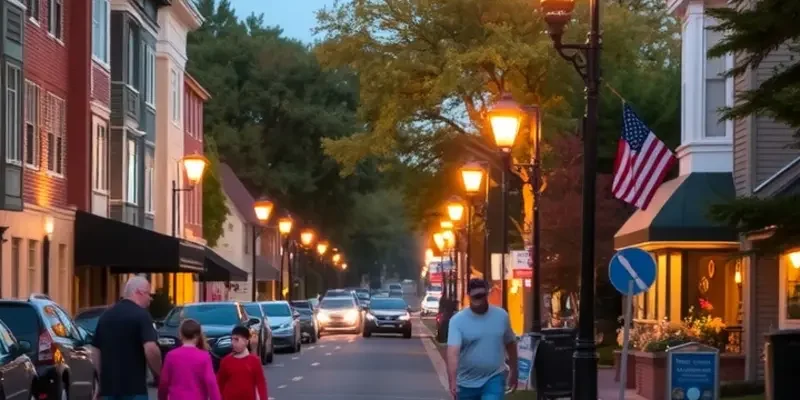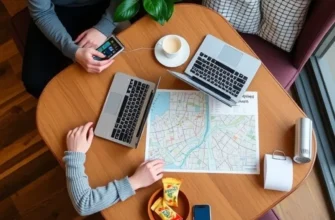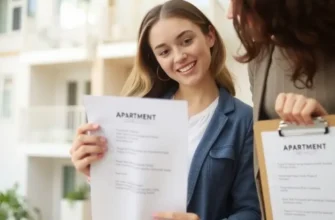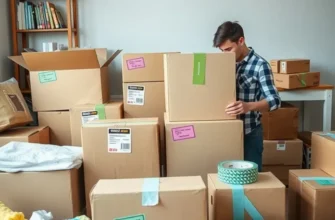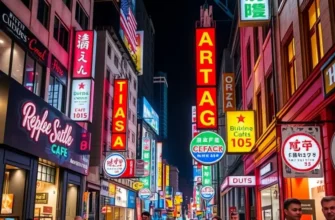Finding the right apartment can feel like a never-ending game of Goldilocks—too small, too noisy, or just plain scary. Once you’ve found the perfect spot that feels just right (maybe it’s a cozy, one-bedroom with a view of the city), the next question becomes: how safe is it? We’ve all seen movies where the protagonist leaves doors unlocked and gets into trouble. But in real life, we’re not heroes—just young adults trying to lead a peaceful life. Let’s explore practical ways to evaluate apartment security, keeping in mind your budget, lifestyle, and perhaps your love for late-night pizza deliveries! So whether you’re a busy professional, a couple looking for a home sweet home, or a family seeking comfort, here’s how to lock down the best security for your new nest.
Know Your Neighborhood: Safety Starts Outside
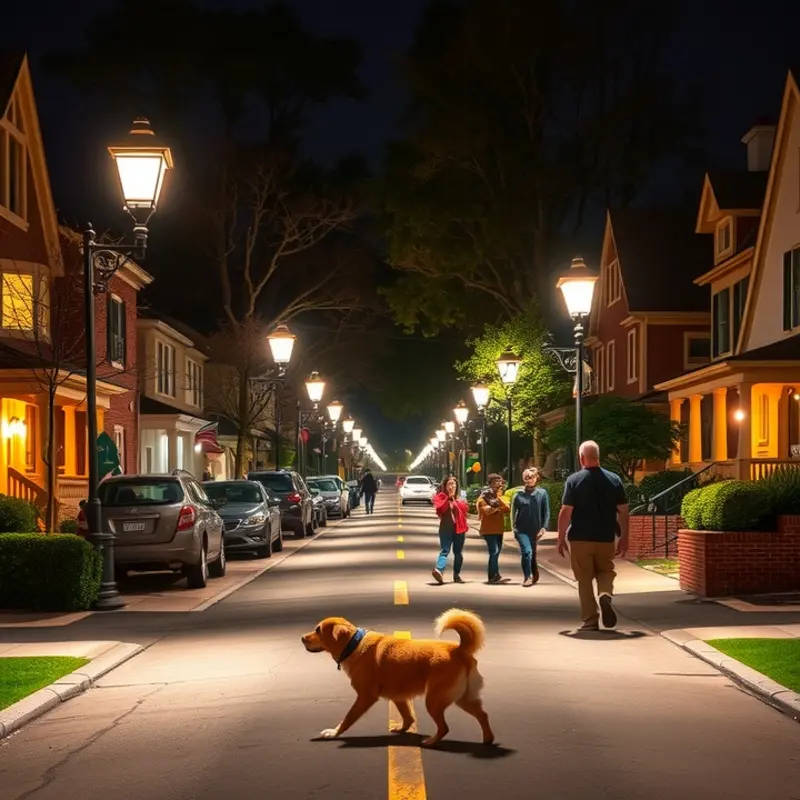
Exploring the safety of a neighborhood starts with understanding its external environment. When evaluating an area, your senses—and your instinct—play a pivotal role. Walking through the neighborhood during various times of the day gives a well-rounded view of its safety dynamics.
A critical aspect to notice is the presence and functionality of streetlights. Well-lit streets are a deterrent to potential crime, offering a sense of security. Make note of any areas that seem particularly dark, where dim lighting might leave you feeling uneasy. These zones could be problematic during late-night returns.
Another point of interest is the activity surrounding local businesses. Establishments such as cafes, grocery stores, and family-run shops can be indicators of neighborhood vibrancy and safety. Friendly interactions and well-kept storefronts often signify a community that values cleanliness and security. When businesses are active and inviting, they contribute to an impression of communal care.
While taking in the sights, listen to your surroundings. Are there familiar sounds like children playing or neighbors chatting? Are there more dogs than cars? Bustling pets and pedestrians often indicate that a neighborhood is considered safe by those who live there. However, if you sense a heavy traffic flow overshadowing pedestrian-friendly spaces, this could impact both safety and tranquility.
Another factor to consider is the presence of public amenities such as parks and recreational areas. These locations often serve as hubs for community interaction and can provide insight into the local lifestyle. An active park usually means a well-engaged community, but it’s essential to assess their maintenance and surveillance to ensure these spaces contribute positively to neighborhood safety.
Your gut feeling during a stroll can be significant. Trust your instincts if something feels off. Sometimes, subtle cues can highlight safety issues that might not be immediately visible. Keep an eye out for vandalism, abandoned buildings, or neglected public areas. These can be warning signs of deeper security issues in the area.
It may also be helpful to check local crime statistics or neighborhood reviews to complement your personal observations. These data can offer a more objective perspective, balancing emotional impressions with factual information.
For additional insights on finding a balance between cost and security when choosing neighborhoods, consider exploring best areas to rent in a city you’re interested in. Knowing which parts of town align with your safety expectations is a great step toward making an informed decision.
Evaluating a neighborhood for safety involves more than just a glance—it’s a comprehensive approach that integrates observation, local dynamics, and personal intuition. Understanding these external factors helps solidify a foundation of trust in the area you call home.
Inside the Castle: Assessing Apartment Security Features
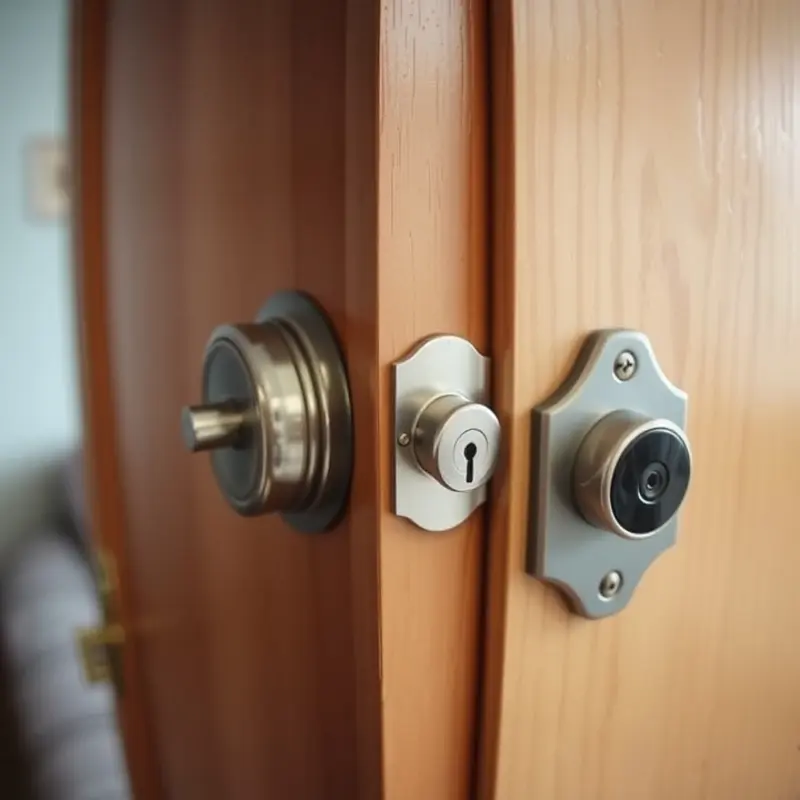
Once you’ve secured a place in a neighborhood that feels like home, it’s crucial to evaluate the security features within the apartment itself. A good place to start is by assessing the locks on all doors. Deadbolts are a must-have; they provide added resistance against break-ins compared to standard spring bolt locks. Ensure the bolt fully extends into the door frame and that the door and frame are sturdy.
Peepholes are another simple yet effective security feature. They allow you to see who is at the door without making yourself vulnerable. If your apartment lacks a peephole, it’s worth asking your landlord for installation or adding it discreetly yourself, where permitted.
Having access to surveillance capabilities, either within the building or through personal devices, can deter potential threats. If your building doesn’t provide communal security cameras, consider investing in smart doorbells or small, personal cameras that can be easily removed when moving. These devices offer real-time alerts and allow you to monitor activity even when you’re not home.
Beyond physical security features, understanding your landlord’s security policy is essential. Request clarification on emergency procedures and know whom to contact in case of a security breach. Misunderstandings in high-pressure situations can cause unnecessary stress, so having a clear communication plan is vital.
Knowing whether your windows are secure is equally important. Check for secure, lockable mechanisms on windows accessible from fire escapes or ground levels. Upgrading to shatterproof glass film can also discourage break-ins and is often inexpensive.
As you think about the security of your living space, consider related aspects such as balcony safety. If your apartment has a balcony, ensure it has child-safe railing to prevent accidents, especially if the building is older and may not adhere to modern codes. You can find practical solutions here to enhance balcony safety without compromising on aesthetic appeal.
Lastly, always get acquainted with fellow residents and your building’s staff. A friendly rapport with neighbors can often enhance security by fostering a collective vigilance. Sharing security tips and observing mutual habits can create a safer community environment where unusual activities are quickly noted and addressed.
In assessing these features, you’re not just securing your apartment; you’re defining your peace of mind. Prioritizing safety empowers you to enjoy your rental with confidence, knowing that your “castle” is well-fortified against potential threats.
Final words
Apartment security isn’t just about locks and cameras; it’s about your peace of mind. Evaluating both your neighborhood and the apartment’s safety features empowers you to make informed decisions. Don’t hesitate to ask questions, trust your instincts, and choose a place that makes you feel at home. Whether you’re moving in solo or with a partner, remember that a secure living environment is the first step towards enjoying your new adventure. Now that you’re equipped with the knowledge to unlock your apartment security, it’s time to settle in and make it your own!

